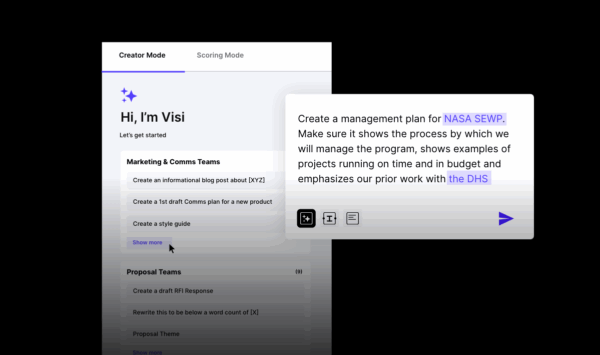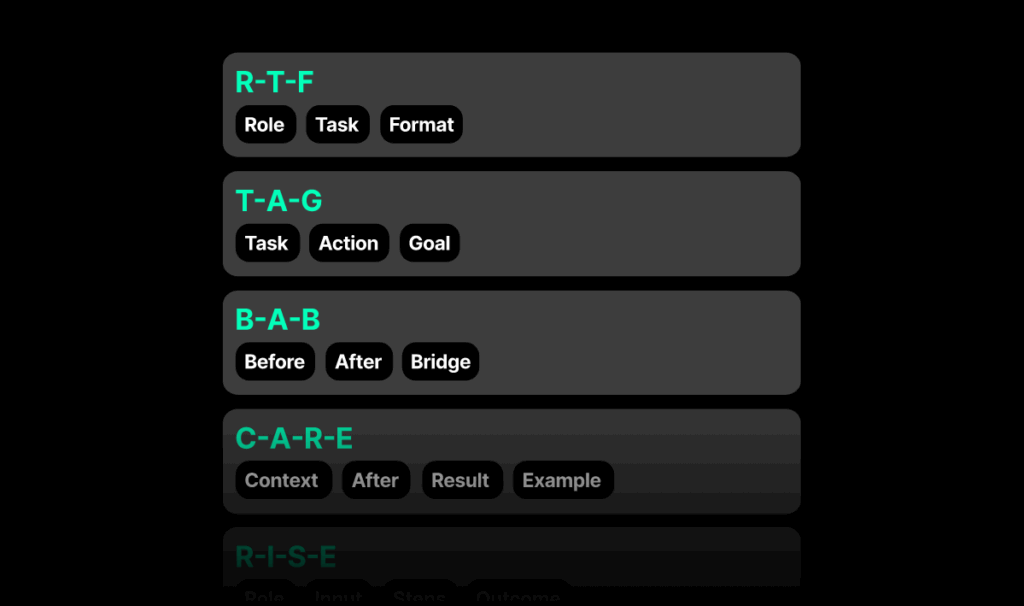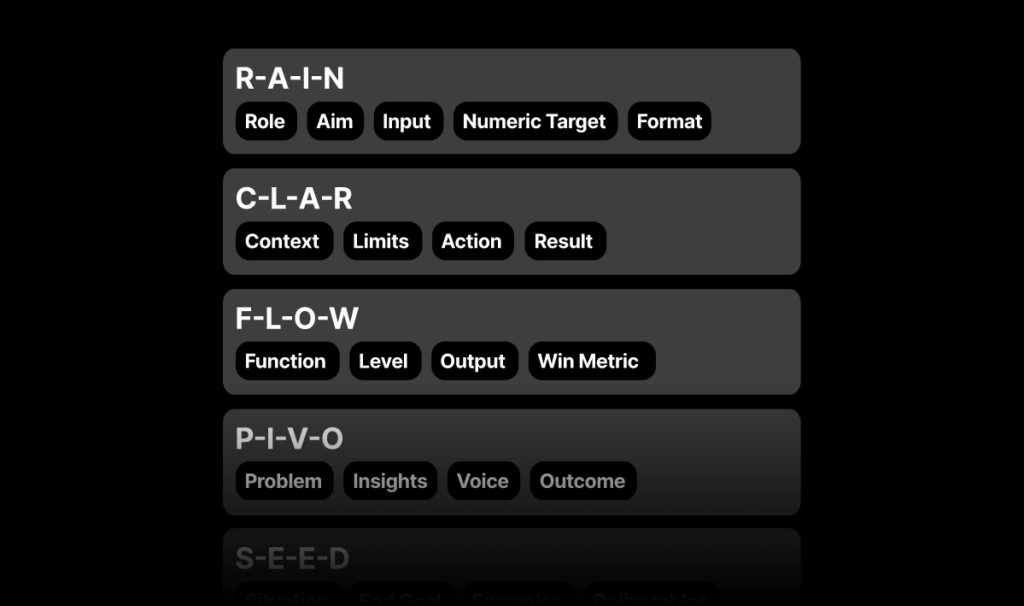- Updated June 26, 2025
When you remove complexity, your content becomes easier to understand. Customers get the right message, at the right time, and in the right context. Every organization can benefit from using plain language and what clarity in writing brings. When it comes to business writing, clarity is crucial for a successful outcome. Clarity can help to establish credibility and trust with potential stakeholders. It demonstrates that you have a solid understanding of what is expected.
What is clarity in writing?
Clarity in writing refers to being clear and concise to your intended audience. Clear writing communicates ideas effectively, without any ambiguity or confusion. It involves using plain language and avoiding jargon that might be unfamiliar to the reader.
Clarity in writing also involves ensuring that the tone and style of the writing are appropriate for the audience. It ensures any supporting evidence or data is presented in a way that is easy to understand and relevant.
Clarity in your business writing can help to avoid misunderstandings or misinterpretations. Ultimately, clear, well-written communications can help you stand out from the competition and increase your chances of success.
Why is clarity in writing so important?
Clarity is essential to communicating your message clearly and using plain language underpins it. Plain language unlocks products and services for a wide range of customers, regardless of their literacy or education levels. The majority of people can clearly understand clear communication. It informs people in a straightforward way, with no room for misunderstanding.
Clarity is a critical element of effective business writing. It enables the reader to quickly and easily understand the message being conveyed. Communication that lacks clarity can cause confusion and lead to misunderstandings. Which can significantly reduce its impact and effectiveness.
Using an AI writing assistant will help to create content that is well-organized and structured. Clear communication typically uses short sentences, simple words, does not contain jargon and gets to the point quickly. The goal of clear communication is to improve or enhance the customer journey. The reader will see that you are communicating with them in an accessible and transparent way. This type of interaction goes a long way toward building trust and loyalty.
What is the cost of unclear communication?
Unclear or poor communication is bad for business. From wasting employee time and limiting employee engagement to customers. Former Forrester Research senior VP and best-selling author, Josh Bernoff, studied the cost implications of bad business writing. He found that poor writing imposes what he calls a multibillion-dollar “tax” on US organizations. “America is spending 6% of total wages on time wasted attempting to get meaning out of poorly written material. Every company, every manager, every professional pays this tax, which consumes $396 billion of our national income.”
This is a jaw-dropping amount of money. But the worrying thing here is that this is just the cost of wasted time. Now imagine adding in the cost of lost business, customer churn, customer service queries and bad reviews. Suddenly the true cost of unclear messaging becomes even more serious.
8 reasons why clarity in writing is key
Boosts your customer experience
When we have a message that we want to get across, it’s easy to forget what the customer wants to hear. It’s important to remember to tailor your sales pitch to your customer needs. When those areas line up, it is phenomenal. And you will have something that can truly win and create a great partnership.
Communication is central to the customer experience. Customers want to feel valued and organizations make them feel valued by telling them. Simple communications, and delivering clear messages make for solid customer experience management. The rewards of enhancing your customer experience are obvious. 75% said they will spend more on a company that offers a great customer experience over cheaper competitors.
Encourages customer loyalty
Satisfied customers are more likely to become loyal customers. Those who feel valued and informed are happy to stay with your brand. Clarity in writing fosters that feeling of appreciation. It ensures:
- You keep customers up to date
- They have ready access to the information they need
- They can navigate and understand the information
- Believe they have an open and transparent relationship with your brand
Reduces customer frustration
Today’s consumer is busy. They don’t want to spend unnecessary time trying to understand the overly-complicated instructions on their new flat-pack coffee table. Clarity at all points across the customer journey means you will never confuse your customers. Clear instructions, intuitive web copy, informative product care, and obvious consumer rights information. All of this leads to happy customers.
Removes friction points
The customer journey needs to be smooth. Any sticking points can lead to loss of bids or poor reviews. Clarity in writing can help to smooth out any rough edges in the customer experience. With clear messaging, you can direct customers easily to where they need to go. This ensures there are no problem points or obstacles that cause confusion. This smooth journey leads to a more streamlined customer experience.
Decreases product problems
The main goals of any product should be that it works and is easy to use. This is where clear messaging has a huge part to play. Advertising and marketing collateral should clearly represent the product – this is what you get. The clarity of that messaging should follow through to the actual product and how it works. If there are any issues with the product, you should communicate them clearly. Outline the problem and what the customer needs to do next. With consistent communication across the product journey, organizations can keep issues to a minimum.
Reduces wasted time
If you provide customers with clear messaging about your organization, product, or service they will have fewer follow-up questions. Over half of consumers say the main reason they cannot resolve an issue on their own is that there is too little information online. Making easy-to-understand information readily available to your customers will reduce the number of queries you receive.
Boosts competitive advantage
Good customer experience is one of the most significant assets an organization can have. According to a Zendesk study, 87% of American respondents said great customer service influenced them. American Express research revealed that consumers are happy to spend up to 17% more to get that positive experience. Customers want to feel valued, and when organizations deliver poor customer experiences, people often choose to switch brands.
Saves money
We’ve highlighted how much poor communication or lack of clarity in writing is costing businesses. Making simple changes to your communications strategy can make big differences, including
- productivity increase,
- sales increase,
- customer loyalty,
- gain a competitive advantage,
- and your customer service team is not inundated with basic queries you could have answered with clearer messaging.

8 plain language tips to improve the clarity of your writing
- Keep sentences short: Don’t overfill your sentences. Break longer sentences into two or three shorter ones.
- Use simple words: Don’t use overly long or complicated words. The simpler, the better.
- Avoid jargon: Committee or tech speak isn’t widely accessible. Appeal to a wider audience with straightforward vocabulary.
- Assume people are reading from phone screens: Consumers today are using their phones for all kinds of brand interactions. With smaller screens, it’s even more important to keep your sentences and words short and simple.
- Lead with key information: Don’t hide your main point in the middle of your message. Ensure it is front and center so people don’t need to search for it.
- Write for people who have limited time: Get to the point quickly. Assume people are in a hurry and need pertinent information right away.
- Establish a review process: Build an internal process where key messaging is reviewed prior to publication.
- Be consistent: From tone of voice to basic grammar, your writing should be the same across all communication channels.
How can VT Writer help ensure your clarity in writing?
Using an AI Writing Assistant like VT Writer can help you align your organizations communications. If you’re operating in a regulated environment, generic AI tool are a risk. Uploading sensitive data to public AI tools can lead to serious breaches and jeopardize confidentiality.
VT Writer allows you to adopt AI writing without compromising on compliance, security or control.
provides instant measurable and scalable feedback to ensure consistency in your communications at an individual and organizational level.
VT Writer ensures that communication is clear and consistent and uses plain language as standard.
- Create first draft content in in seconds grounded on your proprietary data.
- Drive productivity by applying your style guide rules to all of your work.
- Flag jargon and complexity. VT Writer helps to simplify content and communications and helps to ensure you have a single tone of voice across the entire organization.
- Measure the readability and usability of content at scale. VT Writer highlights Watch Words specific to your role or industry. It also suggests improvements to sentence length, grade level, and passive voice. Over time, these prompts train content creators in your organization to write with clarity and consistency.
Clarity wins every time
Clear, accessible communication is the foundation of a good customer experience. In an age where the customer is central to an organization’s success, customer experience has never been more important. With simple, accurate and transparent communications, organizations can dramatically enhance their customer experience and ensure their customers feel valued.
VT Writer is now available featuring the Generative AI assistant, Visi. Learn more about Visi and how you can use it to enhances your content creation and editing experience.








